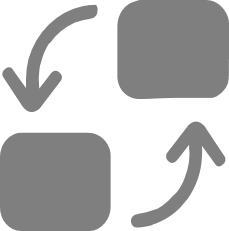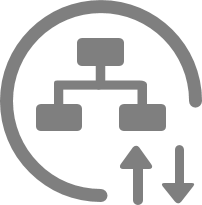a) Initial Registration, Re-Registration, Implicit Registration and De-Registration at P-CSCF
b) Authentication and Subscription at P-CSCF
c) P-CSCF Call Initiation and Release
d) I-CSCF Routing Inquiry, THIG and Re-Selecting S-CSCF
e) Initial Registration, Re-Registration, Implicit Registration, De-Registration at S-CSCF
f) Subscription at S-CSCF
g) S-CSCF 3rd Party Registration Notification and Registration Status Notification
h) S-CSCF De-Registration (User-Initiated, HSS-Initiated, Network-Initiated) and Implicit De-Registration
i) S-CSCF Authentication (AKA, HTTP Digest), Network-Initiated Re-Authentication
j) S-CSCF Call Initiation, Fork and Release
k) S-CSCF Service Triggering
l) S-CSCF Emergency Call
m) S-CSCF Media Checking
n) Other Functions













